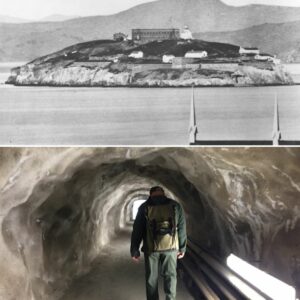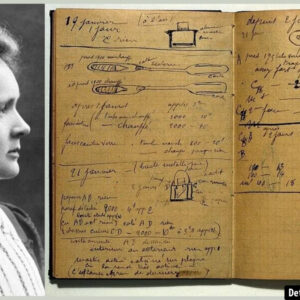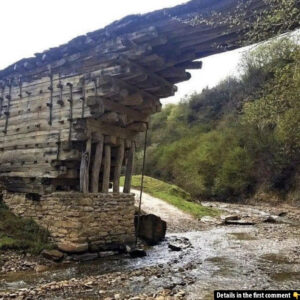Baikonur Cosmodrome, the birthplace of human spaceflight, stands as a testament to humanity’s unyielding quest for exploration. Nestled in the heart of Kazakhstan, this legendary spaceport has played a pivotal role in shaping the modern space age. From its humble beginnings in the 1950s to its current status as a bustling hub for international space missions, Baikonur continues to push the boundaries of human achievement. Let’s dive into the history, significance, and future of this extraordinary spaceport that has witnessed the launch of countless monumental missions.
The Birth of Baikonur: A New Era in Rocketry
The roots of Baikonur Cosmodrome trace back to the 1950s when the Soviet Union, amidst the Cold War rivalry, embarked on its mission to dominate space exploration. In 1955, the Soviet government approved the creation of a military test site dedicated to rocketry in the Kyzylorda region of Kazakhstan. The area, which had been a barren expanse of desert, was chosen due to its isolation, making it an ideal location for testing and launching rockets without the risk of civilian interference.
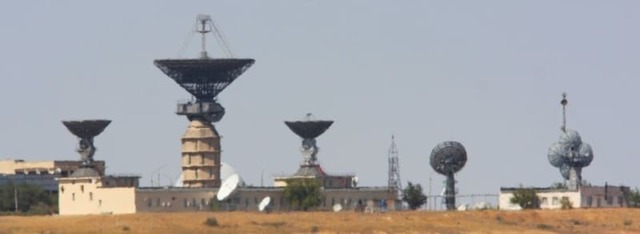
By June 2, 1955, construction of the new test site was officially underway. In those early days, the area was known only by the code name “Taiga,” and the facilities were nothing more than rudimentary wooden buildings and military barracks. This marked the birth of what would soon become one of the most important spaceports in the world. A year later, the site was named “Leninsky” after Lenin, but its transformation from a humble military test base into a bustling cosmodrome had only just begun.
Video
Watch the video on the Nedelin catastrophe at the Baikonur Cosmodrome.
Key Milestones in Baikonur’s History
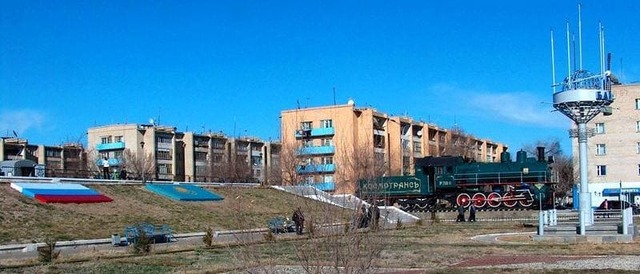
Baikonur’s early days were closely intertwined with the space race between the Soviet Union and the United States. On May 15, 1957, Baikonur launched the first intercontinental ballistic missile (ICBM), the R-7, from its newly constructed launch pad. This was a momentous achievement, setting the stage for even greater milestones. On October 4, 1957, Baikonur made history once again by launching Sputnik 1, the first artificial satellite, into orbit. This event not only stunned the world but also marked the beginning of the Soviet Union’s dominance in space.
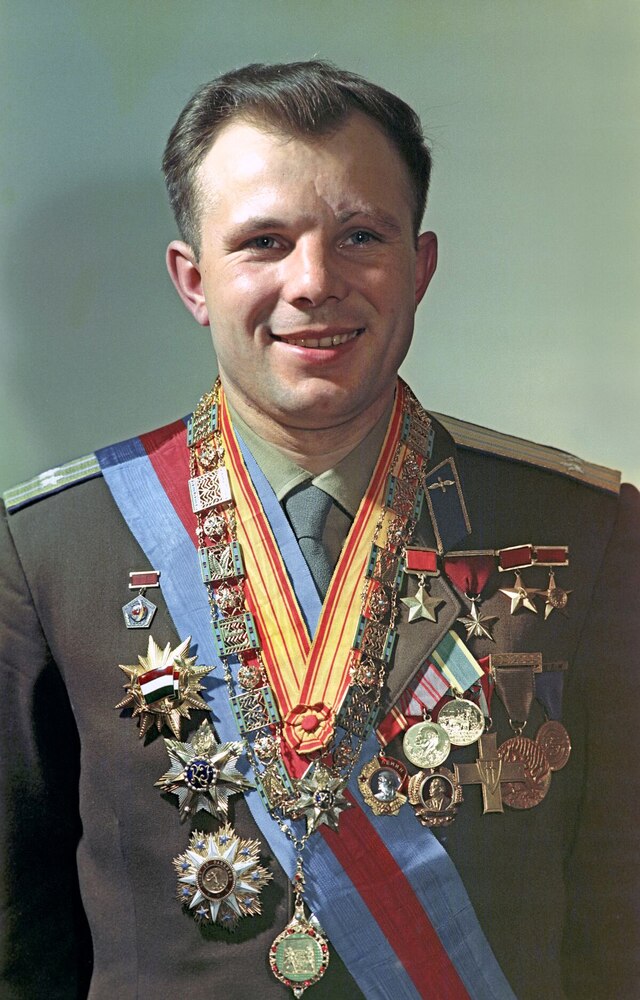
As the 1960s unfolded, Baikonur became the launch site for numerous manned and unmanned missions. The spaceport’s role in these missions solidified its status as the epicenter of space exploration. It was here that the first manned spaceflight took place. On April 12, 1961, Yuri Gagarin made history by becoming the first human to journey into space, aboard Vostok 1. This achievement was not just a triumph for the Soviet Union but a defining moment in the history of human space exploration. Baikonur’s contribution to the space race was unparalleled, and its legacy was cemented by these extraordinary feats.
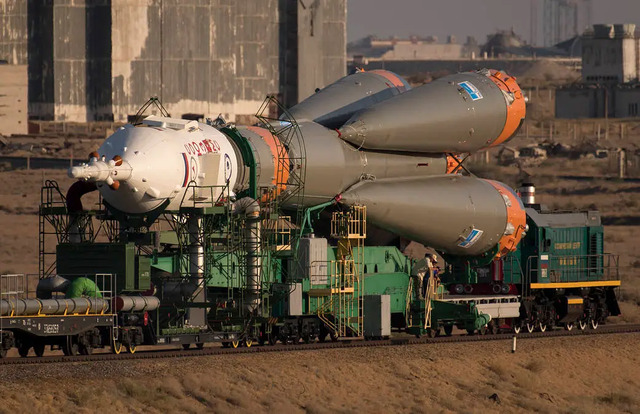
The Development of Baikonur Village and Infrastructure
As Baikonur’s significance grew, so did its need for infrastructure. The village of “Zarya,” named after the Soviet space program, was created to house the increasing number of scientists, engineers, and military personnel working at the cosmodrome. By the end of the 1950s, the population of the village had swelled to over 8,000 residents. Over the following decades, the village transformed into a bustling city, eventually being renamed “Baikonur” in 1995, a nod to its new role as a symbol of space exploration.
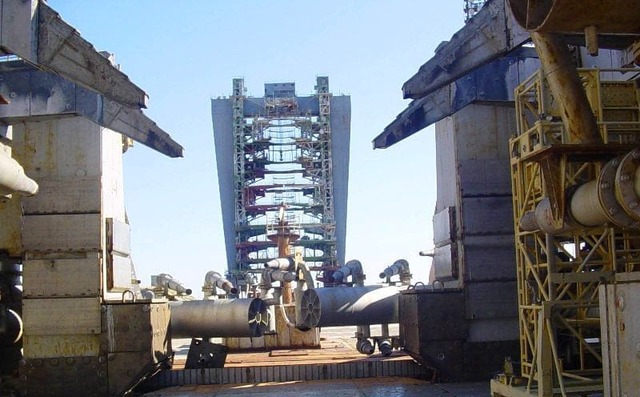
The city itself grew rapidly in the 1960s and 1970s, with residential areas, schools, and commercial buildings quickly filling in around the cosmodrome. The construction of modern housing, including several five-story apartment complexes, catered to the expanding workforce. During the 1980s, the city saw another wave of growth as the Energia-Buran space program brought even more workers to the region. The influx of experts from across the Soviet Union led to the construction of new districts, ensuring that the city could continue to support the burgeoning space program.
Baikonur’s Strategic Role During the Space Race
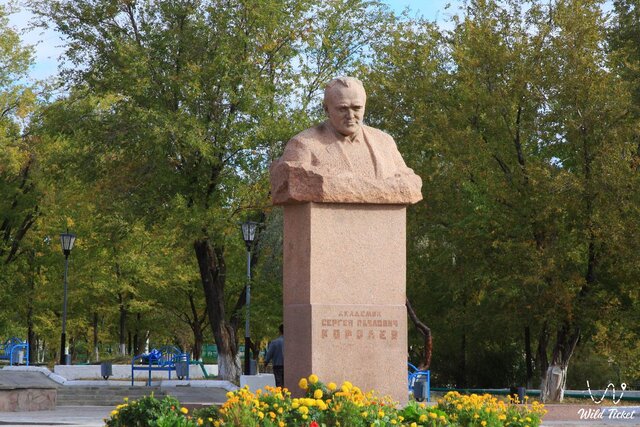
Baikonur Cosmodrome was instrumental during the height of the Cold War. While the United States concentrated its efforts on the Kennedy Space Center, the Soviet Union relied heavily on Baikonur for launching missions. The cosmodrome’s role in launching both the Soyuz and Energia rockets made it a pivotal player in the space race. Baikonur was also crucial in the launch of the Buran spacecraft, a Soviet equivalent to NASA’s Space Shuttle, which was successfully launched in 1988.
In addition to supporting space missions, Baikonur also played a strategic military role, serving as a key site for testing ICBMs and other advanced technologies. Despite the tensions between the two superpowers, the cosmodrome operated with an air of secrecy, with little external knowledge of the groundbreaking work taking place behind its fences. This secretive nature only added to the mystique of Baikonur, making it a symbol of Soviet strength and technological prowess.
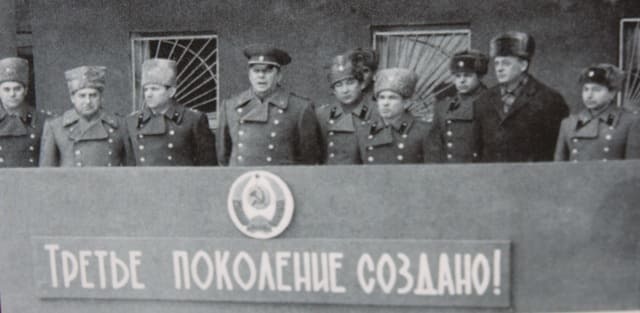
Post-Soviet Changes and Continued Space Exploration
The collapse of the Soviet Union in 1991 brought significant challenges to Baikonur. The cosmodrome, once a symbol of Soviet power, now found itself under the control of Kazakhstan. The new geopolitical reality led to a period of uncertainty for the facility. However, in 1994, Russia and Kazakhstan reached a landmark agreement, allowing Russia to continue operating the cosmodrome in exchange for a lease payment.
This agreement allowed Baikonur to continue its role as a launch site for both Russian and international space missions. Despite the challenges of transitioning into a new era, Baikonur managed to maintain its position as one of the most important spaceports in the world. The Russian Federation took over operational control, and over the next few decades, the cosmodrome was modernized, with new facilities and launch pads being built to accommodate the growing demands of the space program.
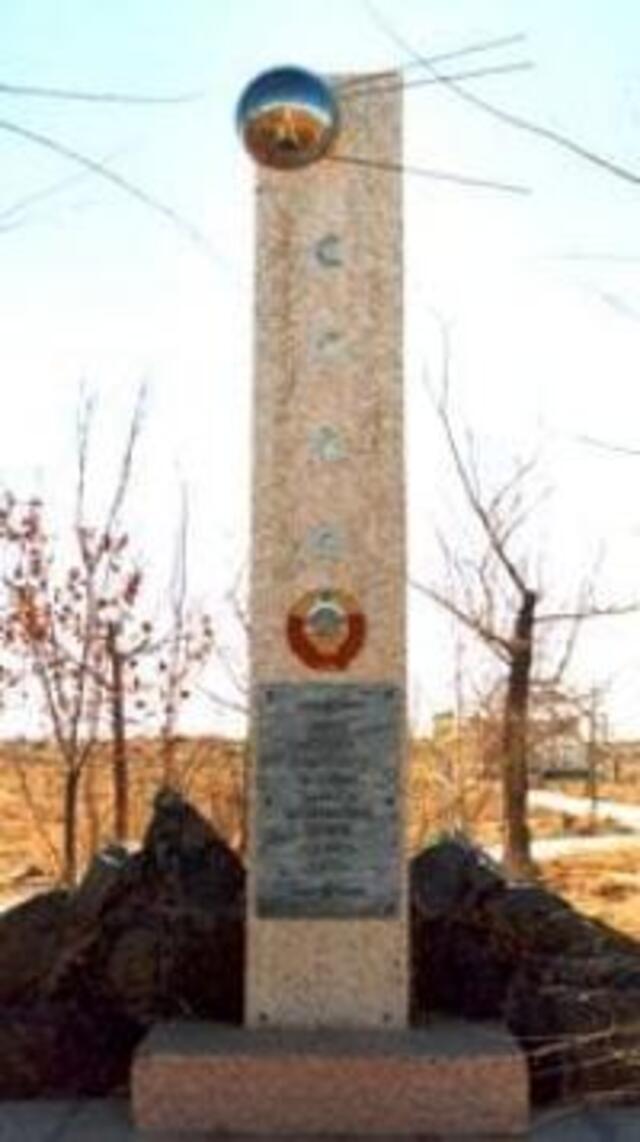
Monuments and Cultural Heritage at Baikonur
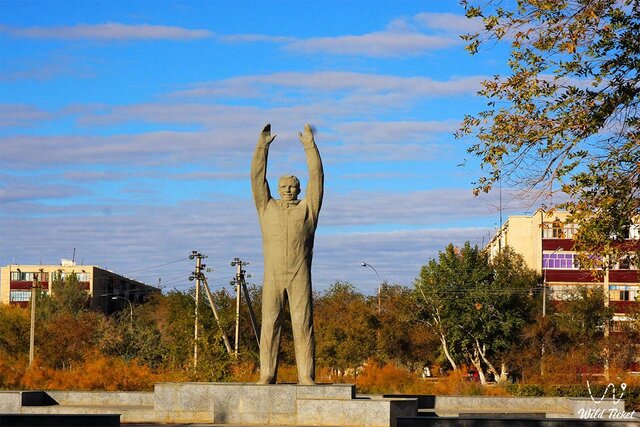
Baikonur is not only a hub for space exploration but also a site rich in cultural heritage. Monuments dedicated to the heroes of space exploration are scattered throughout the city. One of the most iconic is the monument to Yuri Gagarin, which stands proudly in a park between the Communications House and the town administration building. This monument, unveiled in 1984, is a reminder of Gagarin’s historic flight and the Soviet Union’s contributions to the space race.
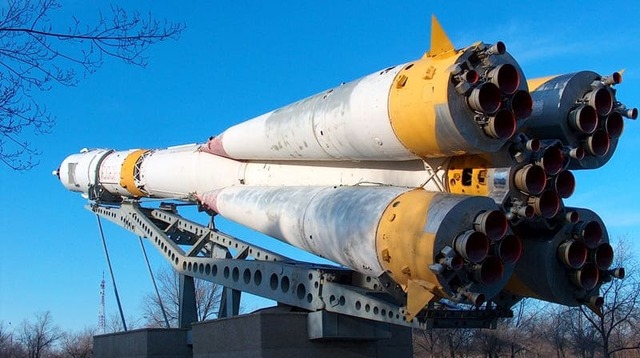
Another significant landmark is the Soyuz rocket mock-up, which stands as a tribute to the rocket that played a crucial role in launching astronauts into space. Originally used for testing and training, this mock-up was installed in the city in 1981 to commemorate the 20th anniversary of Gagarin’s flight. These monuments, along with the Baikonur History Museum, offer a glimpse into the rich history of the cosmodrome and its vital role in the development of space technology.
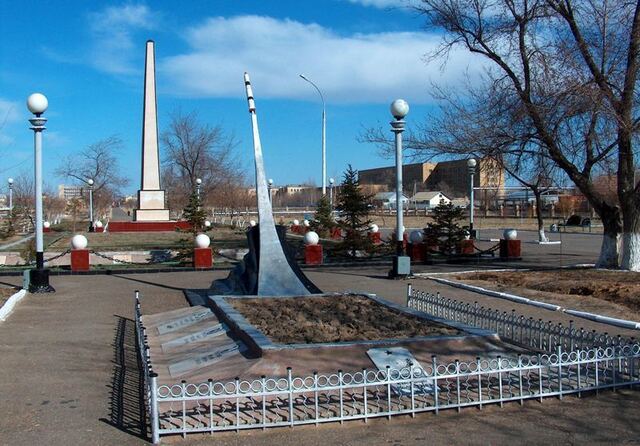
Baikonur Today: A Hub for International Cooperation
Today, Baikonur Cosmodrome remains a center of space activity, with Russia and Kazakhstan continuing to collaborate on various space missions. Baikonur remains the most “launching” cosmodrome in the world, conducting around 20 launches annually. The cosmodrome is also a key site for launching international missions, with spacecraft bound for the International Space Station (ISS) frequently departing from Baikonur’s launch pads.
Baikonur’s significance extends beyond its role as a launch site. The cosmodrome also serves as a symbol of international cooperation in space exploration, with various countries partnering on missions that benefit all of humanity. It is a reminder that, despite the geopolitical tensions of the past, space exploration has the power to unite nations in the pursuit of knowledge and progress.
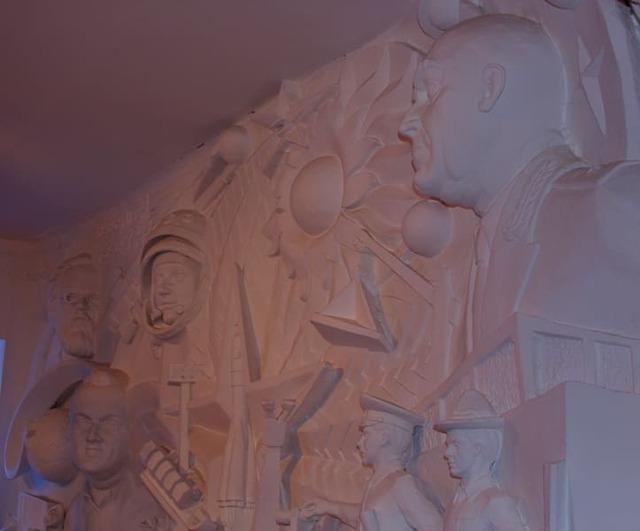
Video
Watch the video “A Visit to Kazakhstan’s Baikonur Cosmodrome” by DW English to explore this iconic spaceport.
Conclusion: The Legacy of Baikonur Cosmodrome
Baikonur Cosmodrome stands as a testament to the spirit of innovation and collaboration that defines space exploration. From its humble beginnings as a military test site to its current status as a global spaceport, Baikonur has played an integral role in shaping the history of space exploration. As the world continues to look to the stars, Baikonur will undoubtedly remain a key player, ensuring that the legacy of human space exploration continues for generations to come. The cosmodrome is not only a site for launching rockets but also a symbol of humanity’s relentless pursuit of discovery and the boundless possibilities that lie beyond our world.

